This technology could transform one of the world’s dirtiest industries. Experts say it’s way off pace
On a strip of land in northern Sweden, not far from the Arctic Circle, a new facility is taking shape which could help revolutionize one of the planet’s dirtiest industries: steelmaking.
By 2026, if all goes to plan, the site just outside Boden will be filled with industrial buildings painted white, silver and black – colors to reflect the region’s mountains and lakes – and huge, brick-red towers.
This complex will be world’s first large-scale “green steel” project, according to H2 Green Steel, the Swedish company behind the multi-billion-dollar mill.
Instead of burning coal, it will use “green hydrogen” produced with renewable electricity. The company says its process will cut carbon pollution by 95% compared to traditional steelmaking, and is aiming to produce 5 million metric tons of green steel by 2030.
It will mark another step toward overhauling the steel sector, but the path to cleaning up this polluting industry is a challenging one.
Steel is one of the world’s most commonly used materials, critical for everything from buildings, bridges, cars and fridges to renewable energy infrastructure like wind turbines. The world consumes a huge amount – nearly 2 billion metric tons each year.
The problem is steelmaking is incredibly energy-hungry and remains heavily reliant on coal, the most polluting fossil fuel. The industry accounts for between 7% to 9% of global carbon pollution, and its impact looks set to worsen, with demand projected to jump 30% by 2050.
The industry is under huge pressure to clean itself up. Many hopes are pinned on new technologies, with a particular focus on replacing coal with green hydrogen.
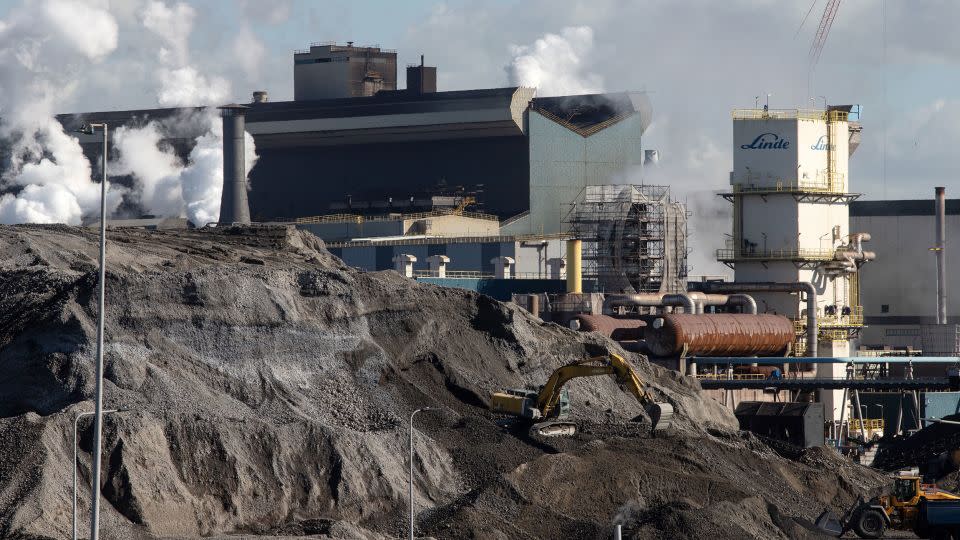
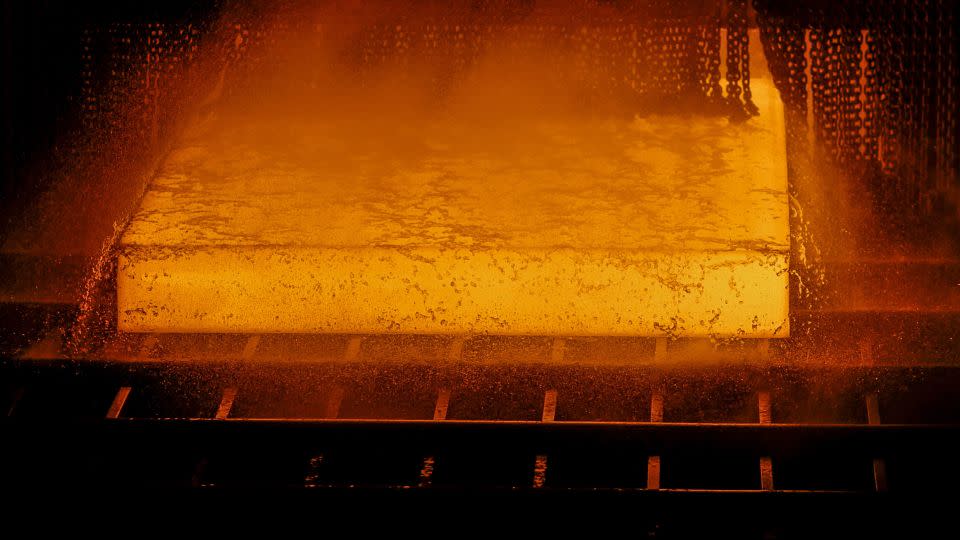
While projects like H2 Green Steel show momentum is growing, experts say the pace is far too slow.
New coal-powered steel plants are still being approved and developed globally, potentially locking in decades more emissions, even as the world scrambles to avoid catastrophic climate change.
“The sector is not on track,” said Mohamed Atouife, a researcher Princeton University who specializes in the use of green hydrogen in heavy industry.
A dirty industry
Steelmaking is carbon-intensive at every stage, starting with mining raw iron ore, mostly hauled by diesel-powered trucks.
The most climate-polluting part, however, is turning this iron ore into steel.
Globally, most steel is produced using blast furnaces heated to very high temperatures by burning coal. Iron ore is mixed with coke — coal that has been heated up to remove impurities — and dumped into the top of a blast furnace to produce molten iron, which is then processed into steel.
There is another greener way of making steel that’s taking root: the electric arc furnace.
This is how about 70% of steel is made in the US, using electricity to melt down metal to make steel. Electric arc furnaces can be fed with 100% scrap steel, compared to blast furnaces which can usually cope with around 30% scrap.
This method produces less planet-heating pollution, around 78% fewer emissions than steel made with blast furnaces, according to one study commissioned by a steel industry group.
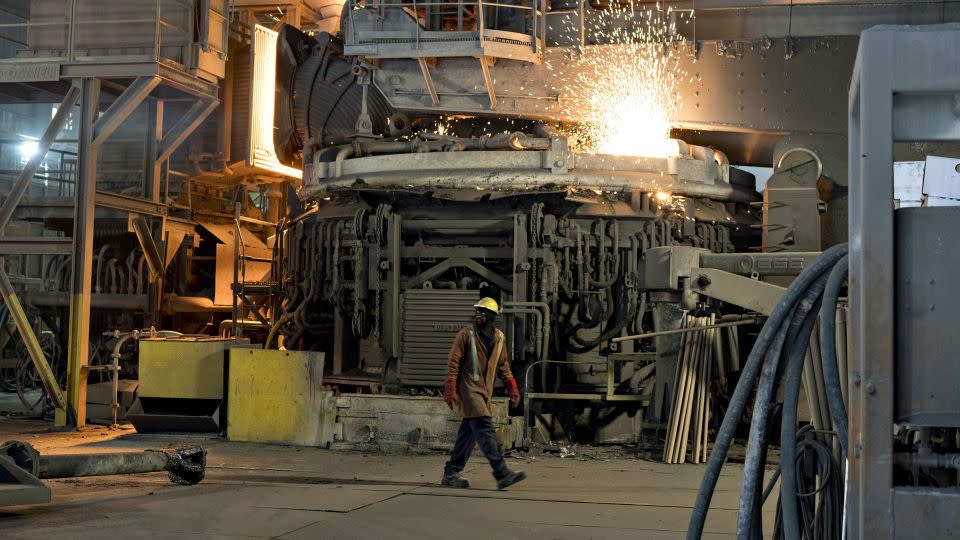
But how climate-friendly the process is depends on the electricity that powers it being green, too.
There is also a limit on how much scrap steel is available, “so we have to also use other low carbon pathways, such as clean hydrogen,” Atouife said.
Green hydrogen
The push to replace coal — currently the fastest and cheapest way to produce steel — with green hydrogen is gaining ground.
Green hydrogen is produced by splitting water molecules in a process fueled by renewable energy. To make green steel, this clean hydrogen is used to reduce iron ore, which is then melted along with scrap steel in an electric arc furnace.
Where using coal pumps out carbon pollution, hydrogen produces only water vapor.
H2 Green Steel isn’t the only company trying to scale up this technology. Northern Sweden is also home to the HYBRIT green steel pilot plant — which is one step ahead.
In 2021, HYBRIT made what it said was the first-ever green steel delivery to a customer, the automaker Volvo. The company says it plans to be producing at commercial levels by 2026.
No steel facilities using green hydrogen exist yet in the US, but in March, the Biden administration announced it would put $6 billion toward decarbonizing heavy industry, including steel.
Around $500 million of funding is set to go to Cleveland-Cliffs, an Ohio-based steel manufacturer, which said it will replace the existing blast furnace at its Middletown plant with a “hydrogen-ready” plant set up to use natural gas, hydrogen or a mix of both.
Another $500 million is slated to go to SSAB, a Swedish steel giant and one of the companies behind HYBRIT, to explore the development of an ironmaking plant using green hydrogen in Mississippi.
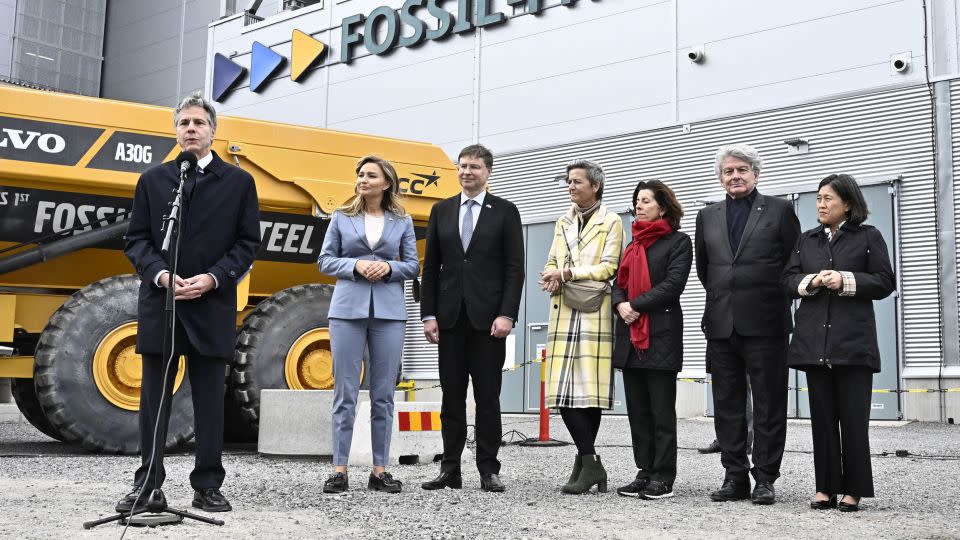
Martin Pei, chief technology officer of SSAB, said there was a lot of skepticism around the green hydrogen steelmaking process when HYBRIT first launched in 2016.
“People were concerned about how there’s not enough electricity (to produce the hydrogen), that it will cost too much, nobody wants to pay extra for this, or whether this technology will work,” Pei told CNN. He believes the HYBRIT project is proving them wrong.
Chathurika Gamage, a principal in the climate-aligned industries program at the think tank Rocky Mountain Institute, said SSAB, along with iron ore producer LKAB and state-owned power company Vattenfall — the other two companies behind HYBRIT, did the “technical due diligence” and helped show it was possible to create high quality steel this way.
But scaling up the technology won’t be easy, experts say.
While momentum behind green steel is steadily growing, said Caitlin Swalec, researcher and program director for heavy industries at the Global Energy Monitor, the industry has plenty of hurdles to jump.
Expense is a big one. Making steel with hydrogen is more costly — some estimates suggest it’s up to 30% more expensive than traditional steel — so customers must be prepared to pay more.
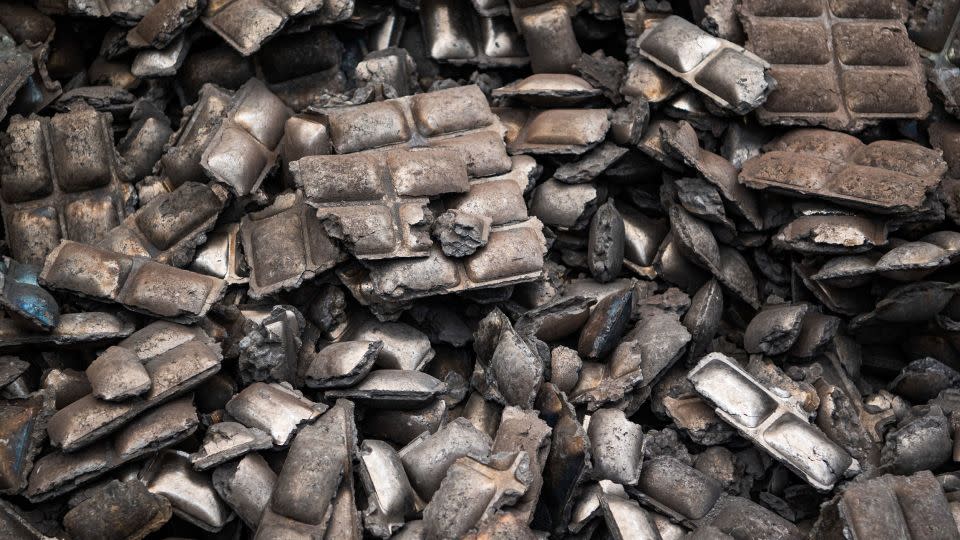
Pei argues the market is ready for it. “Many companies are prepared to pay a certain premium,” he said, noting that SSAB has already signed around 55 agreements for future deliveries of green steel, starting in 2026.
But there’s also the challenge of producing large amounts of green hydrogen, which will require huge amounts of renewable energy.
Sweden is well-suited to trialing the technology thanks to its access to abundant, clean wind and hydropower, but other countries will need to add vastly more renewables to their grids to power the process cleanly.
It will take huge investment to replace the world’s coal-fed blast furnaces. Decarbonizing iron and steel could cost about $1.4 trillion by midcentury, economic analysts say.
It will also take time; blast furnaces can last decades. As they reach the end of their lifespan – as many will do by 2030 – they should not be replaced with new blast furnaces, said Philipp Verpoort, researcher at the Potsdam Institute for Climate Impact Research. “It’s now important to break the cycle of these very long-term, long-living investments in the industry,” he told CNN.
For now, the world remains heavily reliant on coal-powered blast furnaces.
In China, which dominates global steel production, more than 70% of steel is made in blast furnaces. “What China does in the steel sector is going to matter a lot in the long run,” said Princeton’s Atouife.
Plenty more blast furnaces are in the pipeline, too. Planned capacity for new coal-powered blast furnaces globally is two and a half times greater than that for green steel, according to an October report from Global Energy Monitor.
Time is running out
Estimates vary as to how long it will take the global steel industry to fully transition to green steelmaking. Some experts told CNN it could happen within the next two decades, driven by Europe and the US.
Swalec said the US is “well-positioned” to lead on green steel. A full transition could happen “well before 2050, and that should be the goal,” she said.
Potsdam Institute’s Verpoort is even more optimistic. “In 15 years’ time, we can transition the whole steel industry worldwide,” he told CNN. “It’s just a matter of common commitment, investments and being ready to pay the extra price,”
Others remain more cautious. Chris Greig, senior research scientist at Princeton University’s Andlinger Center for Energy and the Environment, said he is “not as bullish” as some about the near-term potential for a green steel transition, as major producing countries, including China, India, and Japan, are tending to refurbish their existing coal blast furnaces. But he believes it could happen in the decades after 2050.
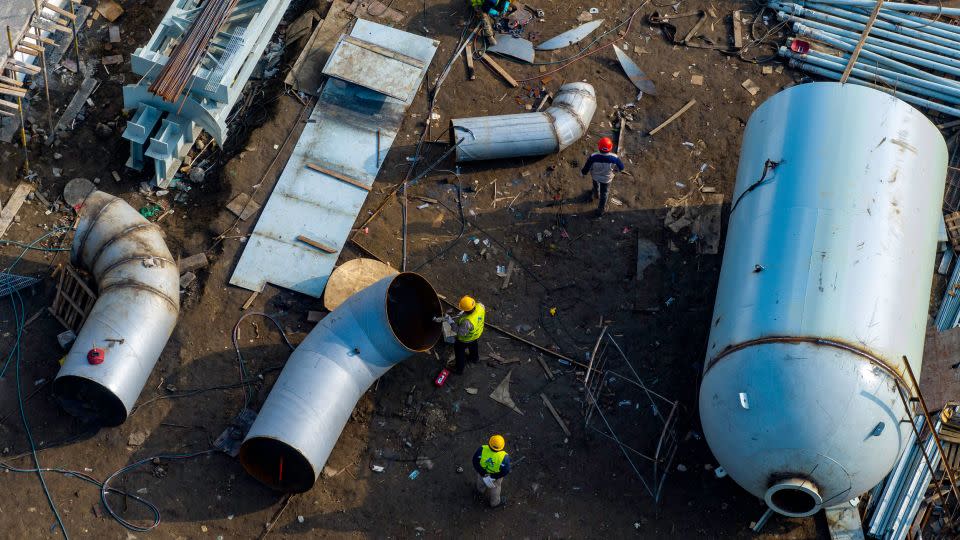
“We need to accelerate the incentives,” Greig told CNN. He also called for regulating the sector’s carbon intensity. “That would be a tailwind for the industry to decarbonize and to take up green steel a bit faster,” he said.
Swalec suggested governments could mandate all steel used to build public infrastructure be green. This would “create a large demand for it,” she said.
While the US has attempted to incentivize the growth of the industry through funding, others are implementing regulation aimed at reducing the industry’s impact. From 2026, for example, the European Union will start charging steel importers for the carbon pollution associated with the production of their goods.
The bottom line is countries need to act fast, experts say.
The world has the technologies it needs to move the steel industry away from fossil fuels, said RMI’s Gamage, “but the transition is not scaling at the pace we need.”
For more CNN news and newsletters create an account at CNN.com


